When you hear the term Roman or Greek sculpture, images of an art museum or classic architecture like the Roman Coliseum probably come to mind. Surprisingly, these pieces of marble statue decor are becoming more and more popular in garden and home decor.

Roman and Greek sculptures share some similarities due to the influence of Greek art on Roman art. Both ancient Greece and ancient Rome are representatives of ancient European civilization, and sculpture, as an art form developed in both civilizations, has an important position in history. However, while both ancient Greece and Rome had strong carving traditions, there were some differences between the two.
1. The difference in subject matter and expression techniques
In terms of subject matter, Greek sculptures usually focus on myths and legends, historical events, and heroic figures, emphasizing beauty, elegance, rationality, and reason. Roman sculpture works pay more attention to practicality and grandeur, with the history of the motherland, figures, and a large number of statues to highlight the achievements of Roman civilization.
In terms of expression techniques, Greek carving works pay attention to geometric aesthetics and contrast methods, focusing on the texture and line expression of the human body and various skin.
Ancient Roman sculpture is more realistic, the figure is more plump and thick.
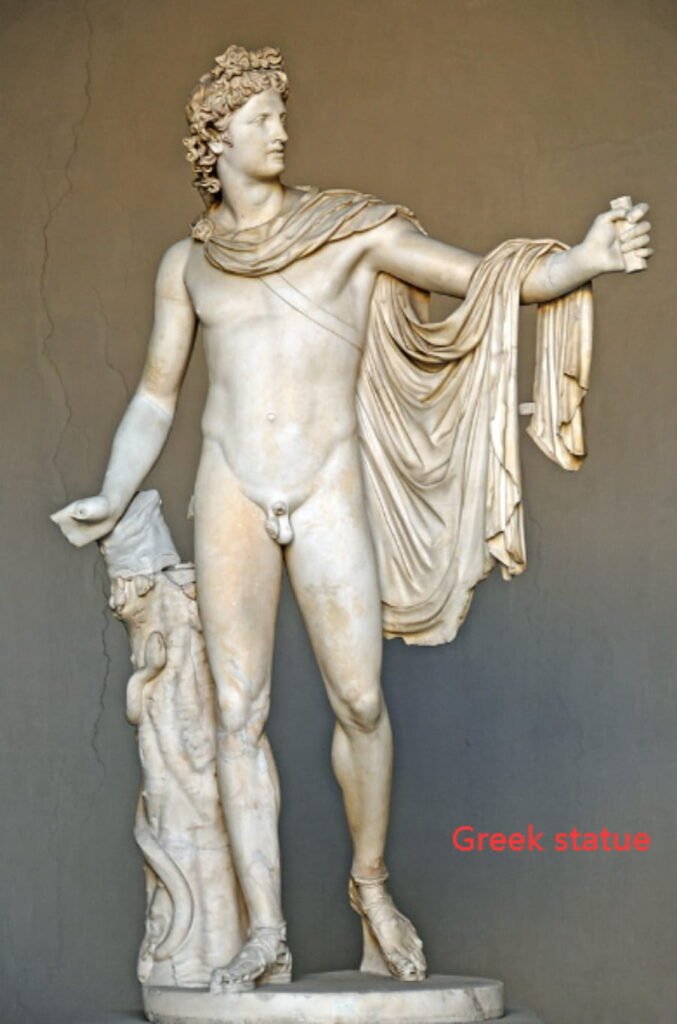
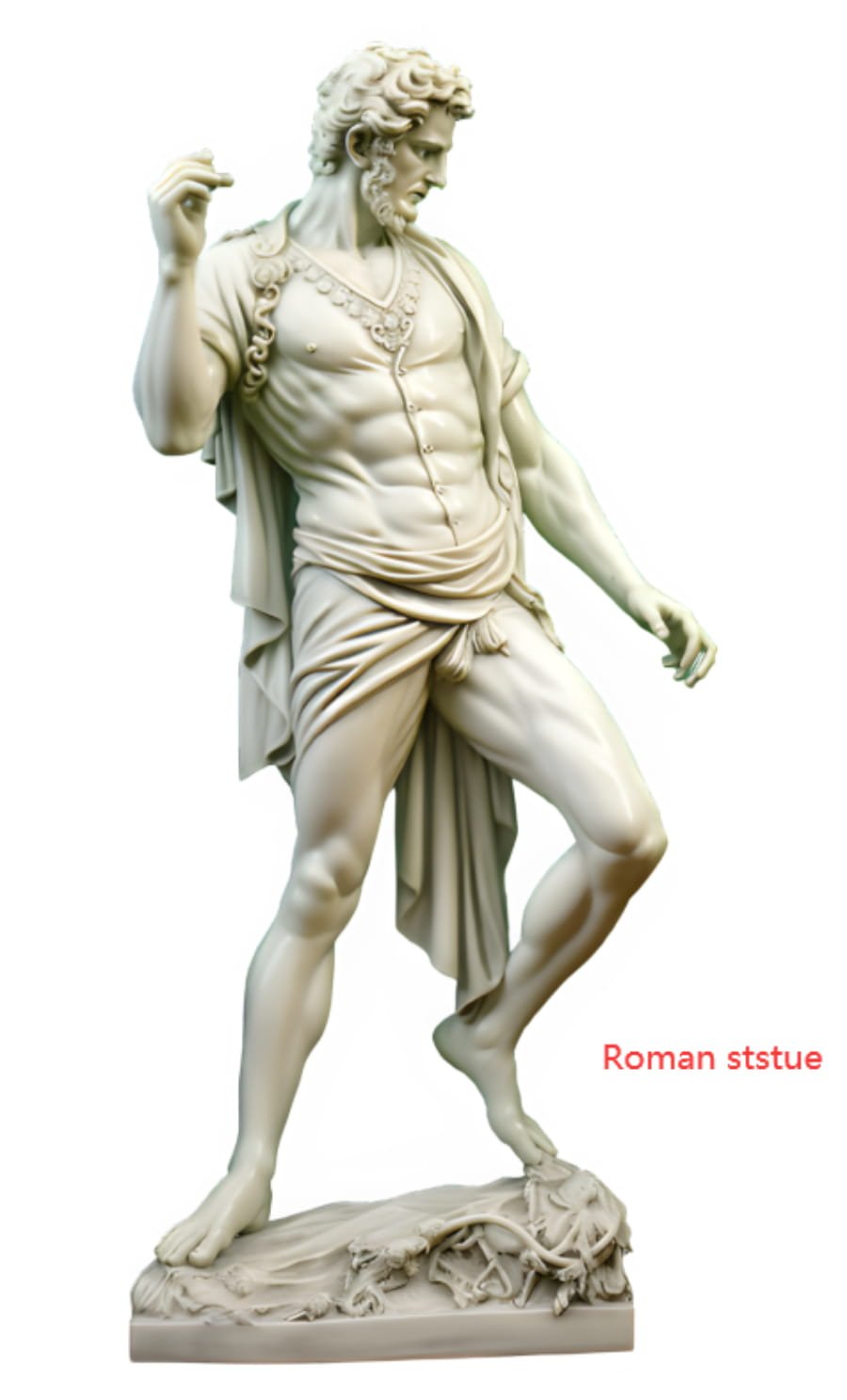
2. The difference between artistic characteristics and aesthetic ideas
In terms of artistic characteristics, Greek sculpture mainly focuses on the character proposition and pays attention to the lines of engraving. In the performance of characters, more emphasis on freedom, and the expression of subjective emotions. Rome, on the other hand, prefers to express the momentum and grandeur of the overall scene and image.
In aesthetic concept, the Greeks attach importance to the proportion and symmetry of beauty, pay attention to the perfect unity of freedom, morality and reason, in order to achieve the highest interpretation of beauty. The ancient Romans paid more attention to the practical role, and they tended to pursue the application value of sculpture.
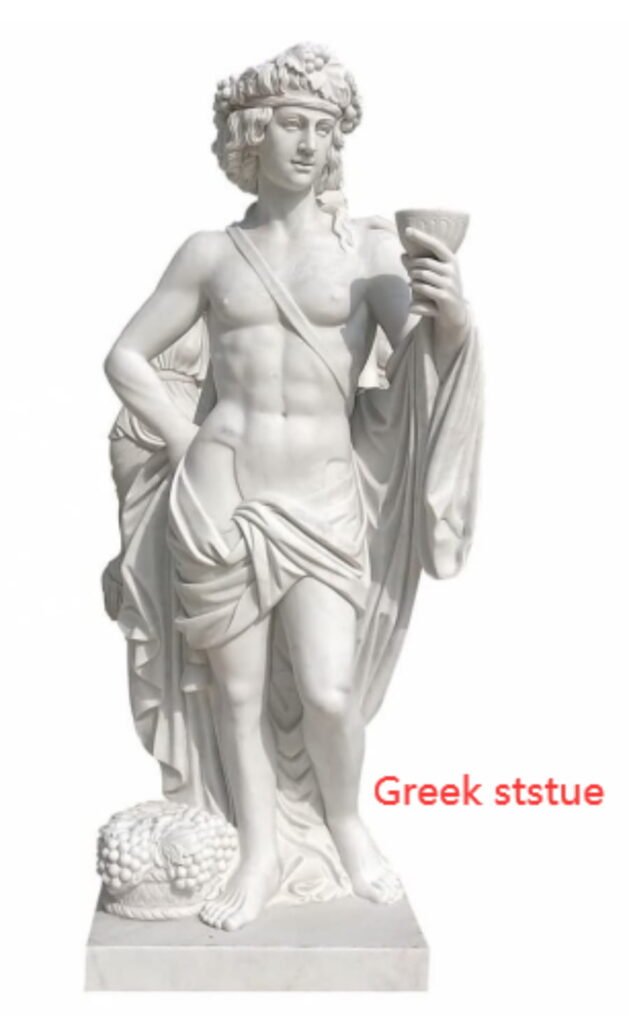
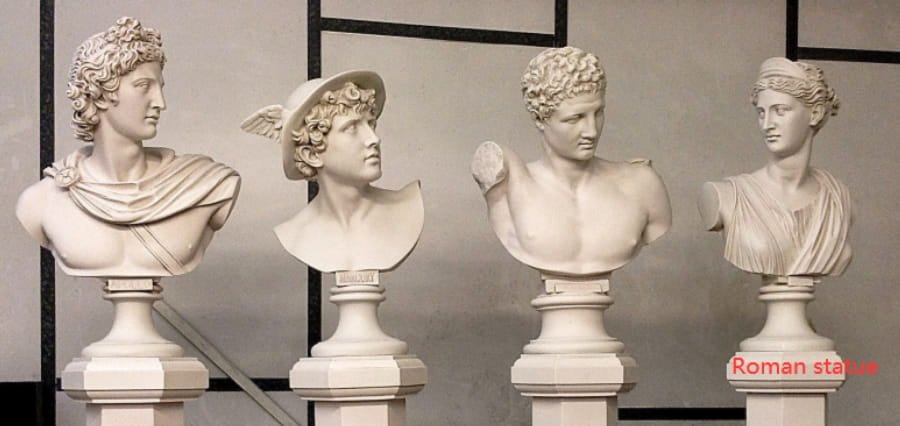
3. The difference in art form
In terms of art forms, both Greek and Roman sculpture had a variety of forms. In Greece, the forms of sculpture included reliefs, ceramics, carved foundations and capitals, statues, etc., while in Rome it was dominated by colored stones, mainly in the form of statues and gilded ornaments.
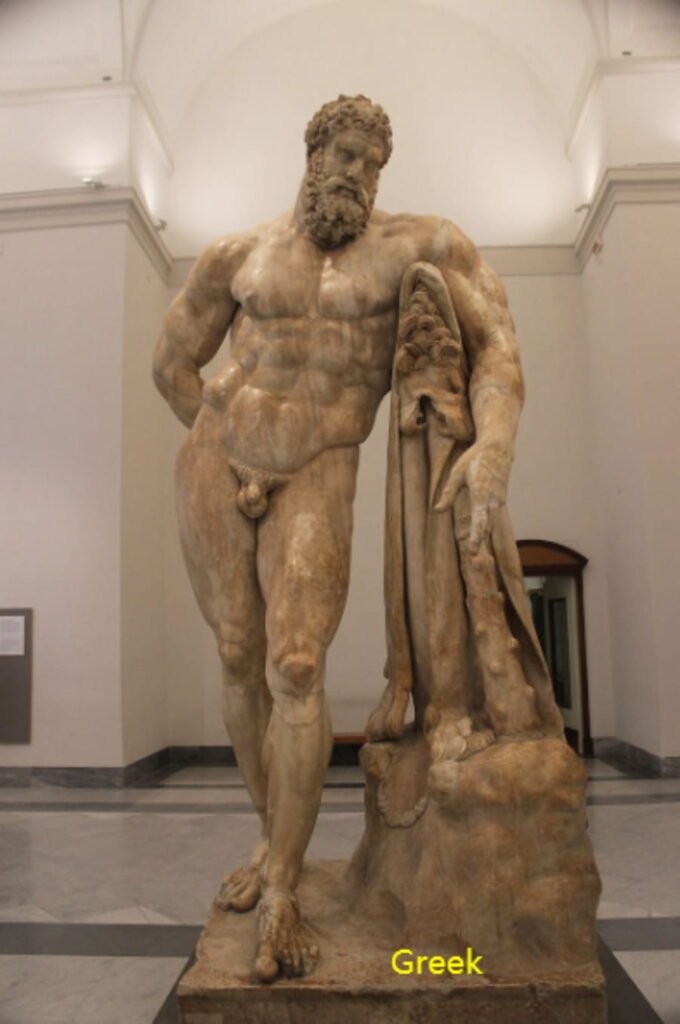
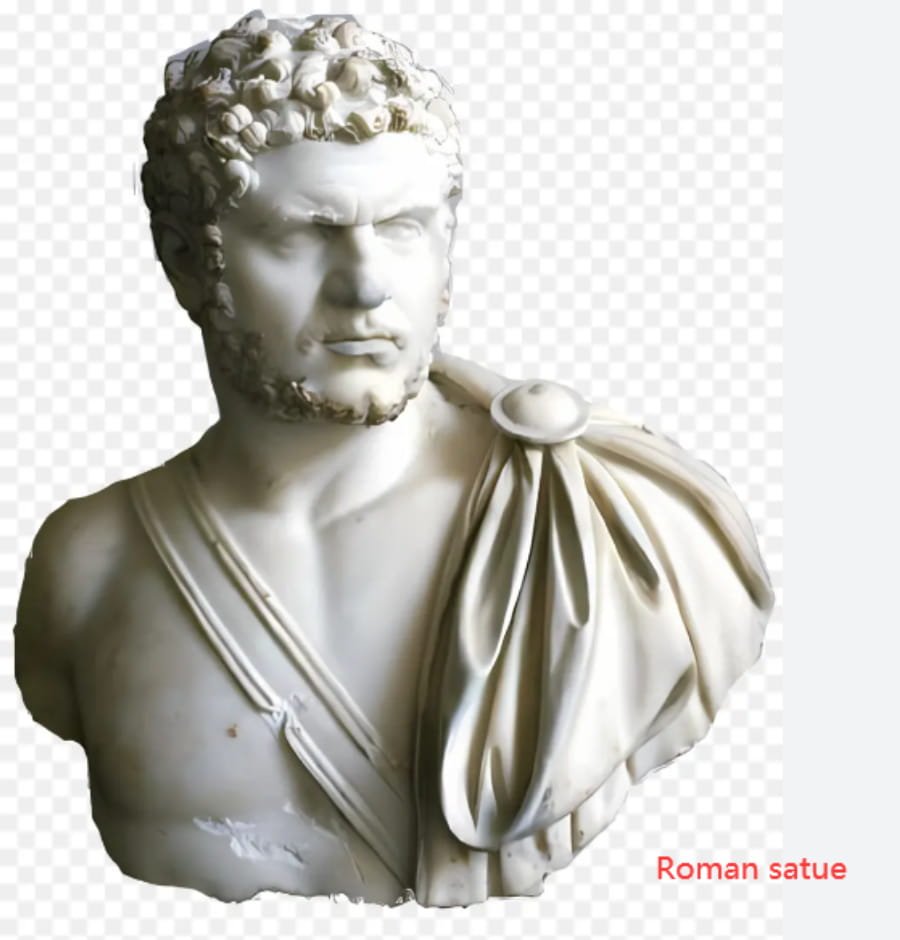
The artists in Mily Factory are good at making Greek and Roman sculptures. If you’re looking to get a famous marble sculpture, such as Apollo and Daphne, Carved marble statue of Moses, Famous Cupid and Psyche, Famous Marble Laocoon and His Sons, and other famous statue replicas, Please feel free to contact Milystatue.
RFQs
Why do Greek sculptures have missing body parts?
Roman statues are often found missing arms due to a combination of factors, which include the passage of time, material vulnerability, and historical circumstances.
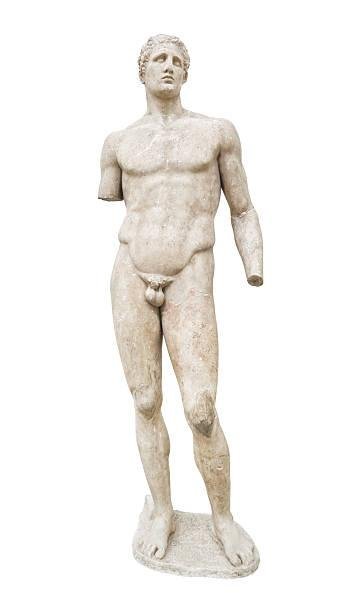
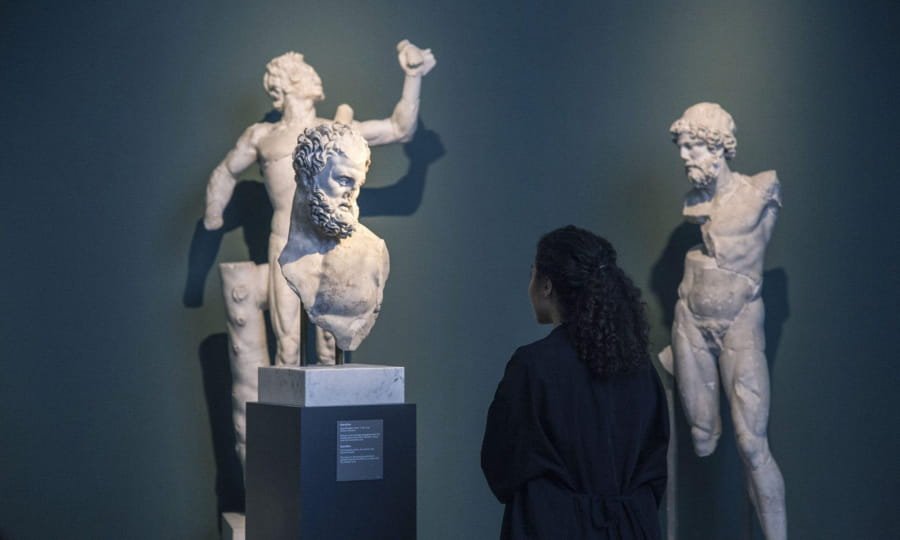
Why do Greek statues not have noses?
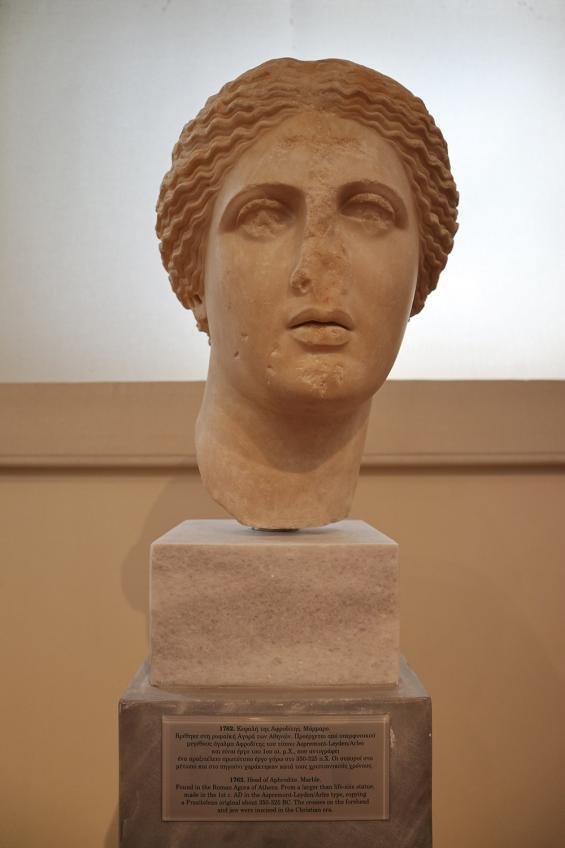
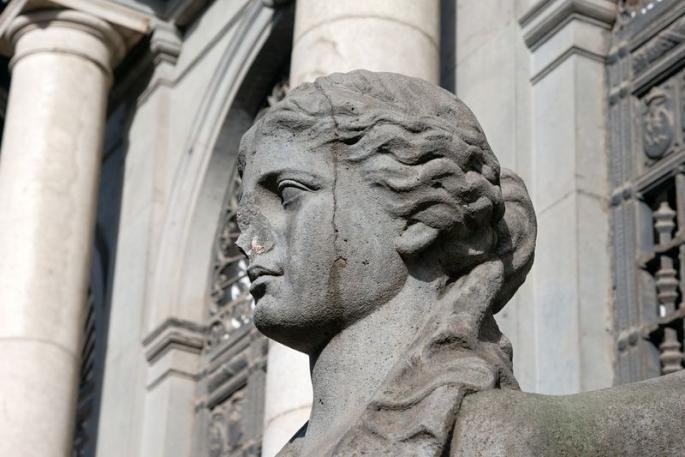
1. Age and natural decay: Many Roman statues are thousands of years old, and over time, they have been subjected to various environmental conditions, such as wind, rain, and temperature fluctuations. This has caused the statues to degrade and lose parts of their structure.
2. Fragility of the material: Most Roman statues were made of marble or bronze, which, despite being strong materials, are also prone to breaking. The arms of these statues are often thinner and more extended than other parts of the body, making them more susceptible to breakage.
3. Accidental damage: Throughout history, accidents have occurred during the transportation, excavation, and restoration of these statues, which can result in the loss of arms or other parts.
4. Vandalism and iconoclasm: In various periods, Roman statues have been deliberately damaged or destroyed for political or religious reasons. Iconoclasts, for example, targeted statues to erase the memory of past leaders or deities, often breaking off their arms or other parts to make them unrecognizable.
5. Reuse and recycling of materials: Over the centuries, some statues were repurposed or had their materials recycled for other uses. For instance, bronze statues were often melted down to create weapons or other items, which may have resulted in the loss of some statue parts, including arms.
6. Archaeological excavation and reconstruction: When statues are discovered in archaeological sites, they are often found in fragments. Some parts, like arms, might be missing or too damaged to be reattached, leaving the statues incomplete.
Despite these challenges, many Roman statues have been remarkably well-preserved and continue to provide valuable insights into the culture, beliefs, and artistic techniques of the ancient Roman world.
Why did Greek statues not smile?
In sculpture, though, unlike epic and theatre, laughter seems completely absent. According to Halliwell, this absence can be attributed to the potential association of laughter with “bodily excess, indecency and shamefulness”.
Another view is: that it’s connected with the thoroughly Greek view (strongly present in Aristotle) that laughter generally expresses a loss of control, and especially the presence of unpleasant passions, notably those of scorn and contempt.
Archaic statues seem to smile, at least from ca. 550 to ca. 500 C.E. Yet the apparent smile may not have been intentional, but simply an effort to make the faces look more natural and pleasant. On the other hand, even grief or physical pain is usually expressed through gestures rather than proper grimaces or tears. Only some semi-human creatures, such as centaurs (e.g. on the Parthenon South metopes) convey pain through an open mouth. So the Greeks did not want to alter the beauty of human features with unusual expressions. Perhaps the control of one’s facial expressions was considered important for something as permanent as stone sculpture, which mostly had a religious purpose. On the other hand, even the Romans, who seem to have had much less restraint than the Greeks, did not convey laughter in their monuments.
The prime reason is one of genre. Greek sculpture is broadly religious and subdivides into a number of genres (votive, funerary, honorific, etc.), none of which could readily accommodate laughter.
To sum up, on the one hand, it is influenced by the general ancient Greek concept, on the other hand, it is influenced by the overall beauty and emotion expressed by the sculpture, and on the other hand, it is influenced by religion. All in all, there is evidence for these claims, which did have a strong influence on the facial expressions of Greek sculptures.


